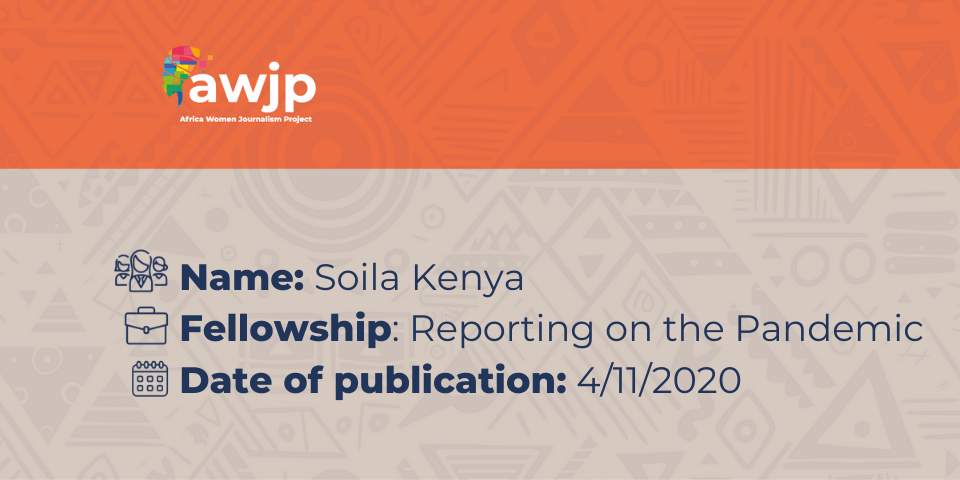By Soila Kenya
When I initially applied for the Africa Women Journalism Project, my goal was simple: I wanted to get back into writing after a brief hiatus. As a part-time freelancer, I saw this opportunity as a means to see my work published. Little did I know that it would turn into something far more profound.
From the first call with my fellow participants, I sensed that this experience would differ from what I had expected. The multi-country aspect of the program enabled us, indeed, it encouraged us to collaborate on story pitches that could span multiple African countries, providing diverse perspectives on similar issues. Our group represented Kenya, Tanzania, Uganda, Ghana, and Nigeria.
I had the chance to witness this firsthand while collaborating with Seun Durojaiye on a piece about the measures open markets in Abuja and Nairobi were taking to combat the spread of COVID-19. Such transnational collaborations are a rarity, especially among African journalists.
The process from pitching a story to its final publication was comprehensive, a departure from traditional newsrooms’ rushed atmosphere. We put considerable thought into justifying why each story was important, followed by thorough research and interviews to flesh out the narratives.
This, along with the training sessions on data journalism and solutions journalism, gave me the unique opportunity to apply and experiment with new concepts directly in my work. Instead of the usual dry webinar experience, we could immediately integrate these new ideas into stories we were actively producing.
The additional coaching provided by the country mentors was another invaluable aspect of the program. I vividly recall a situation where Catherine and I were on a call, and she playfully commented that she kept “disturbing” me with multiple follow-up questions about my stories. This constant challenge and questioning was what I needed. When things started to get complicated, my usual response was to ignore the situation. This time, I was “forced” to sit down, think through my ideas, and be challenged until the end product emerged, vastly improved.
Key Takeaways
For the longest time, journalism has celebrated the image of the ‘lone wolf’ reporter who toils away on a story for months or even years, unearthing groundbreaking revelations. While these stories happen and lead to Pulitzer Prize-winning exposes, not every journalist will experience such a defining moment in their career. This fellowship made me realise that the future of journalism is more reliant on collaborative efforts, akin to the work of the International Consortium of Investigative Journalists.
Furthermore, it underscored the value of shared experiences among journalists from diverse countries. In an increasingly interconnected world, it’s evident that everything is becoming more interwoven, and our experiences are growing more homogenous. Just as with Solutions journalism, we can learn much from one another regarding story angles and broader concepts. Journalists must break free from suspicion and jealousy and instead embrace knowledge sharing. Working with Seun was a perfect example of how we brought different strengths to the table, elevating our final product.
And most importantly…
I was reminded that good journalism takes time. The fellowship granted me the luxury of dedicating an entire month to each story, resulting in six pieces. Undoubtedly, this extra time significantly impacted the quality of my journalism. Combined with factors like mentorship and training sessions, it allowed me to produce sharper, more insightful pieces.
It’s undeniable that journalists, particularly those in the online realm, have become akin to factory workers churning out as much content as possible. However, the fellowship provided a hiatus from this routine, enabling a more critical examination of issues and resulting in more impactful journalism.

